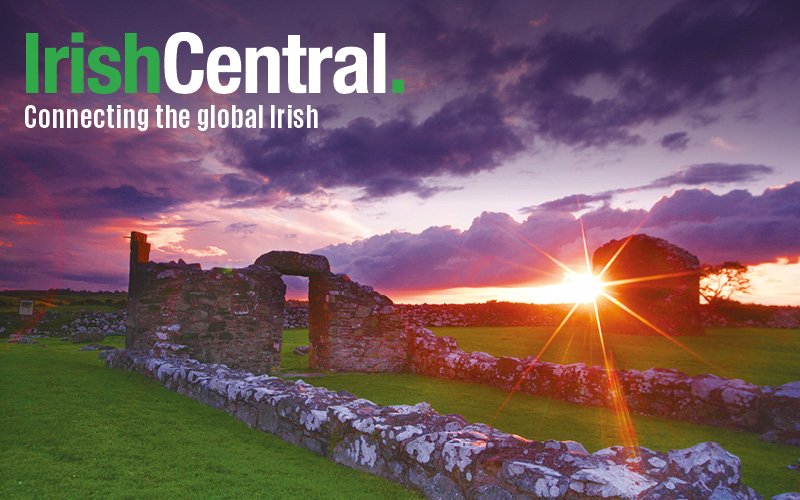On March 17 we celebrate Ireland’s patron saint, who probably wouldn’t agree with the partying that goes on on his feast day but did, during his life, do some impressive things in a few spectacular places in the Emerald Isle
Saint Patrick never tried Guinness. He was born almost a thousand years before someone even dreamt of the delicious black beer. There’s a chance he also wouldn’t condone drinking and partying until your face turned green on the day that celebrates his life.
But he did go to Ireland. He was taken there as a prisoner and spent his life converting Pagans into Christians. And, according to the legends, he managed to do some impressive things in a few spectacular places.
So, our friends at Rabbie’s Tours have put together a list of all the best locations to visit in Ireland that are associated with St. Patrick.
You can visit these places to celebrate St. Patrick’s Day in your own way, with or without a Guinness... or three.
Rock of Cashel, County Tipperary
Tipperary looks like typical Ireland. You encounter green rolling hills, little villages, and lovely locals.
Yet, when you’re driving through, you can’t help but notice something a little unusual.
From miles around, you see a plateau jutting out from a flat plain. And on top of this eruption, sits a structure that looks like a castle that’s been cross-bred with a mythical cathedral – it’s a place you need to see to believe.
This is the Rock of Cashel. And according to the legends, the rock the building sits on is there because of St. Patrick.
The story says he defeated the devil in this area. The devil was a bad loser, so out of anger he bit a chunk out of a mountain and spat it out. Where this chunk of land landed became the spot where the Irish built the Rock of Cashel.
You can visit this amazing location on this tour.
Hill of Slane, County Meath
St Patrick was fearless.
And one of his most famous acts of bravery occurred at the Hill of Slane.
Here’s the story.
Lóegaire, the king of Ireland lit festival fires on the Hill of Tara. This was Ireland’s spiritual headquarters. To signify its importance, all other fires were outlawed whenever these fires were blazing.
This clashed with St. Patrick’s devotional practices. At the same time as the Hill of Tara festival fires, he needed to light a holy Paschal fire.
He knew it’d annoy the king but lit it anyway.
When the King found out and summoned St. Patrick for punishment, something strange happened.
The king wasn’t angry. He was impressed by St. Patrick’s fearless devotion to his creed.
He even forgave St. Patrick and converted to Christianity himself. He thought that if St. Patrick loves his god more than he fears me, then this must be an awesome god.
This area isn’t just famous for its mythological merits, it also boasts a beautiful castle and a whiskey distillery.
You can visit it on this day trip.
Croagh Patrick, County Mayo
This is the holiest mountain in Ireland. And it’s named after our favorite saint.
Once a year, thousands of pilgrims come here and climb to the top. There’s a church, a stern breeze, and a fine view up at the top. But what’s it got to do with St. Patrick?
Well, even as far back as 3,000 BC people worshipped ancient deities through human sacrifices and other grisly rituals on the mountain. But St. Patrick made it even holier by hiking to the summit and fasting for 40 days in 441AD.
Going to the top is a fair hike, but you can enjoy this area on this trip.
St. Patrick’s Street, Cork City
Cork is the second largest city in the Republic of Ireland.
So, you’d imagine St. Patrick did something impressive here. Maybe he slayed a dragon or built a cathedral with his hands tied behind his back.
Well, the reality is, there are no stories associated with St. Patrick and Cork. Nevertheless, the town has a St. Patrick Street and a St. Patrick’s Church.
And since it’s one of the finest cities in Ireland, it’s a good choice for people who love to celebrate St. Patrick’s Day with curious conversations and fast fiddle music. It’s also a little less crowded than Dublin at this time of year.
Find out more about Ireland at Rabbies.com.



